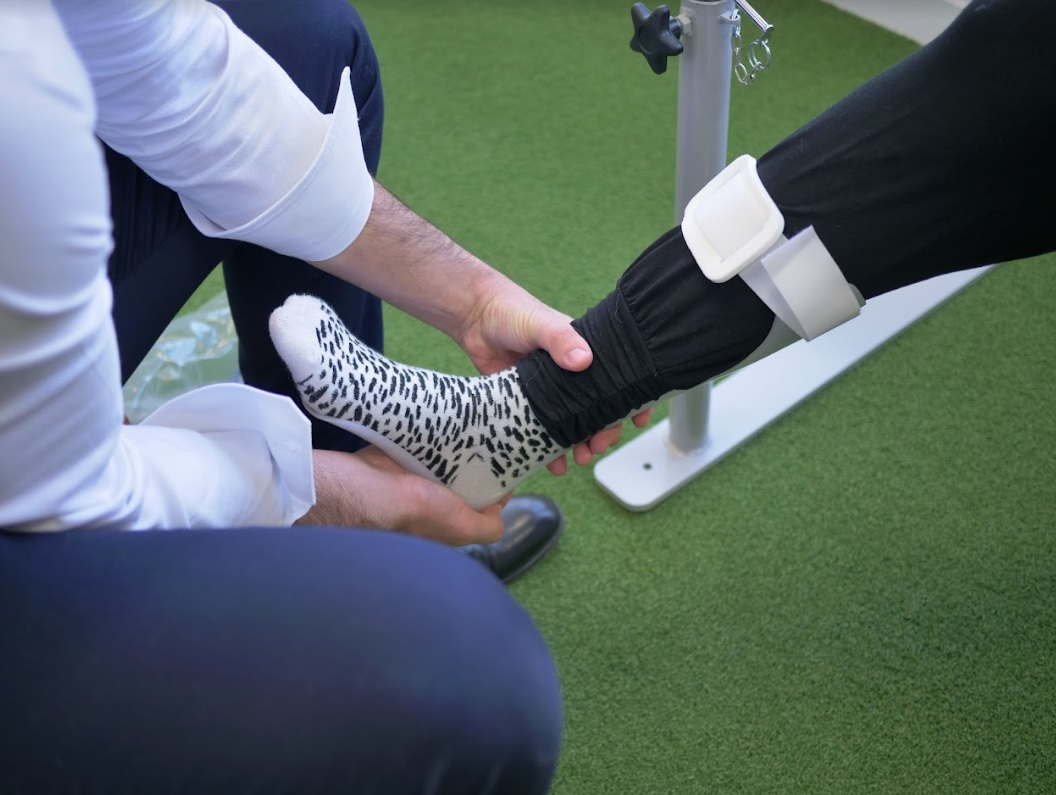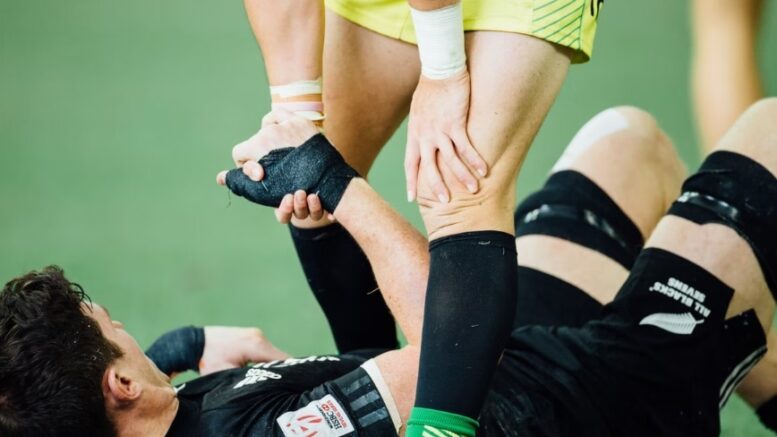Sports injuries can happen to anyone, from amateur participants to professional athletes of international acclaim. While exercising caution when playing certain sports can help prevent injury, it is equally important that you are aware of the most common injuries that can occur in order to take steps to both prevent and treat them. Let’s discuss the six most common sports injuries and ways to treat them.
Stress and Acute Fractures
Acute fractures happen when one or more bones are broken because of a specific event, like getting tackled in football or falling while running. Stress fractures happen where there is constant pressure being aimed on the same bone or bones over time, like jumping during a tennis or volleyball game.
Fractures need to be immediately treated by a doctor so that the injury doesn’t worsen. If your bone is severely broken or completely broken, you may need surgery to put it back together.
Shin Sprains
Shin splints are one of the most common sports injuries, specifically when athletes run on hard surfaces like concrete or asphalt. It hurts the lower part of the legs.
Shin splints normally get better with home treatments like resting, putting ice on the area, and getting over-the-counter painkillers. If the pain from shin splints doesn’t go away after trying these treatments, you ought to see a doctor. According to the therapists at Pacific health, Sports therapy is actually a great option when it comes to injuries like this. It’s important to deal with people who understand how to approach your injury without having to only resort to medication for pain relief. Shin splint pain could sometimes happen from a stress fracture and this takes much longer to remedy itself. If your pain doesn’t go away even after resting, schedule an orthopedic test to find out what’s wrong.
Knee Injuries
Knee injuries happen a lot in sports, such as basketball, football, baseball, and soccer, while jumping, running, kicking, or being on the receiving end of sudden hits put a lot of stress on the joints.
Knee injuries can be treated in different ways, depending on the type. Some minor injuries can be relieved with rest and sports physiotherapy. On the other hand, more serious injuries might need joint replacement surgery to fix or replace cartilage or ligaments that have been severely damaged.

Dislocated Joints
When one or multiple joint bones are pushed away from their natural socket, this is called a joint dislocation and these injuries are common among football players. This kind of injury happens in the hands and fingers, but it can also happen in the knees, elbows, hips, and shoulders. When a joint is out of place, it needs to be fixed right away by a doctor.
Pulls and Tears
Muscle strains and ligament tears are also everyday injuries because they can happen while playing almost any sport. Some sprains happen when you stretch or tear a ligament, while others happen once a muscle is pulled.
Stretching occurs when an abrupt movement pulls a tendon more than the normal length. It causes pain and inflammation when the tendon reaches its normal size. If the ligament or tendon breaks, this is called a tear. When muscles are stretched way past their average length, they pull, which causes pain, inflammation, and swelling.
The two most common strains and sprains that athletes get are ankle sprains and hamstring strains. These injuries can be mild or severe. The mild injury causes pain, limping, and tenderness. An intense sprain, however, indicates that your tendons or ligaments are totally torn.
You can rest the affected area, take over-the-counter pain relievers for temporary relief, or do stretching exercises to treat the injury. If you have severe pain that doesn’t get better with other pain treatments, you might need orthopedic surgery to fix your damaged tendons or ligaments.
Sciatica (Back)
The sciatic nerve goes down each leg from the lower back. Like a bulging disc, a back injury can put pressure on the sciatic nerve and send pain, tingling, and numbness down the leg. Back injuries, while common for people who play sports, is still a very serious injury and needs treatment immediately. Make sure the area is well supported and that you don’t make any sudden movements until you have an X-ray done. More often than not, physiotherapy is the most common treatment option for Sciatica.
Knowing the types of injuries that can occur when playing your favorite sport is the first step in exercising caution when doing so. Though prevention is superior to treatment, occasional injuries are to be expected. For this reason, it’s best to also be aware of the various treatment methods that are applicable depending on the nature and extent of the injury. We hope this article will help you prevent the most common injuries incurred when participating in sporting activities.
